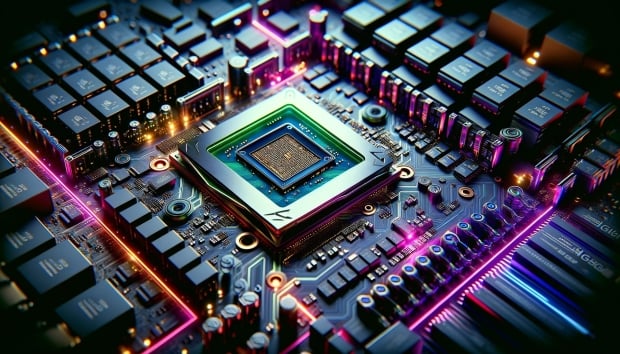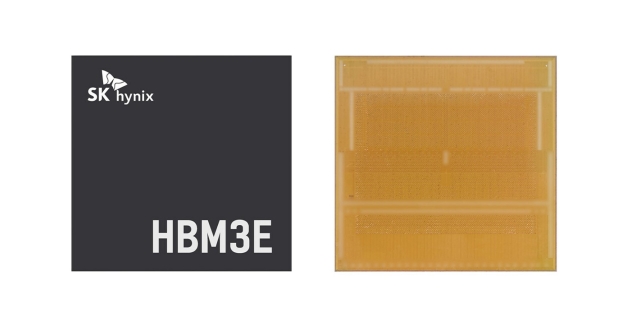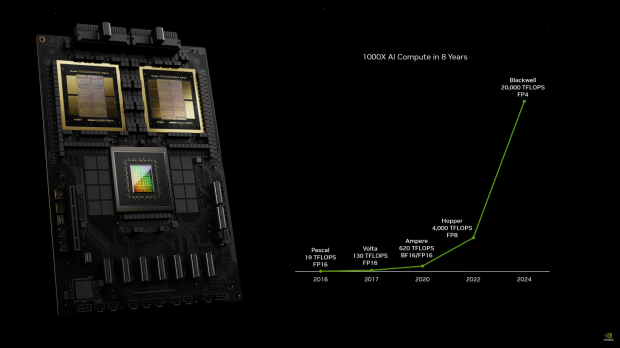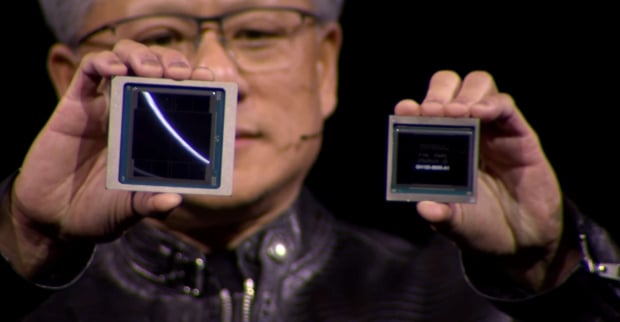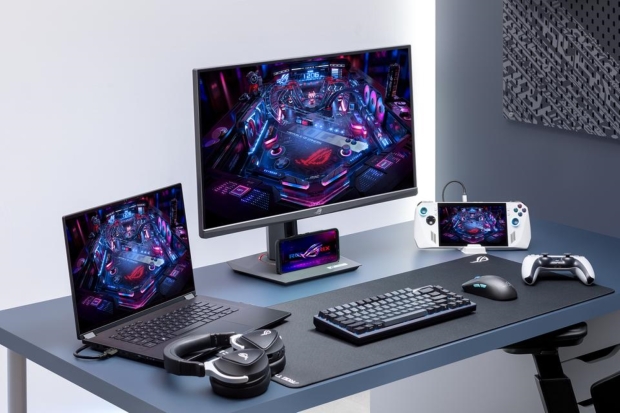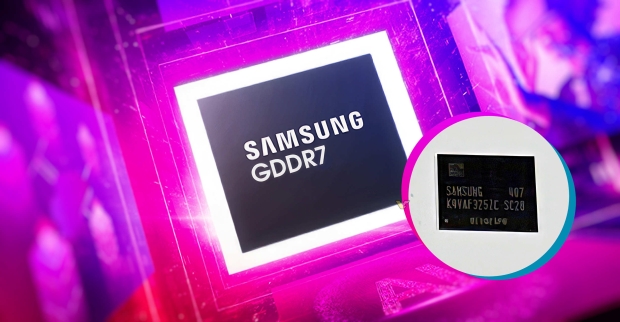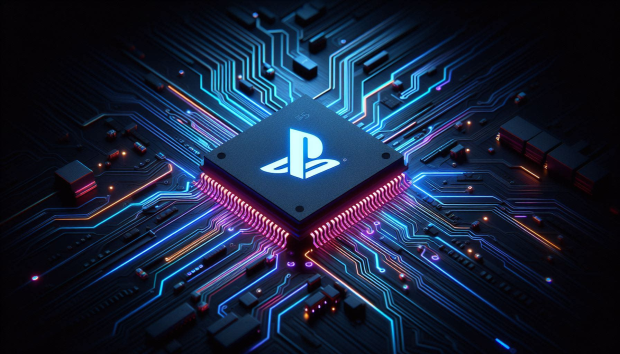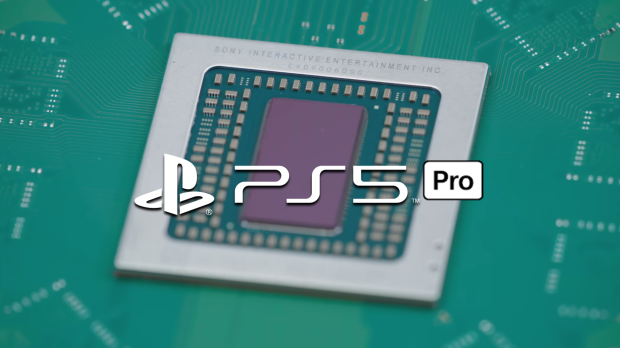HBM supply growth estimated at 260% in 2024, consumes 14% of the DRAM industry
A new report from TrendForce reveals that "significant capital investments" have been made in the memory sector due to HBM's high ASP and profitability.
According to TrendForce Senior Vice President Avril Wu, by the end of 2024, the DRAM industry is expected to allocate around 14% of its total capacity to making HBM, with an estimated annual supply bit growth of around 260%. Also, HBM's revenue share is expected to increase to around 20.1% by the end of the year, up from the 8.4% that HBM had in 2023.
Wu continued, saying that in terms of production differences between HBM and DDR5, the die size of HBM is around 35-45% larger than DDR5 even on the same process and capacity (comparing 24Gb to 24Gb). Yield rates including TSV packaging (Through-Silicon Via) for HBM is around 20-30% lower than DDR5, with the production cycle taking 1.5 to 2 months longer than DDR5.
NVIDIA adds generative AI into cuLitho: game-changing 60x speed up for chipmakers like TSMC
NVIDIA announced its new Blackwell GPU at GTC 2024 this week, with the company announcing that TSMC and Synopsys are using its cuLitho software in production to boost computational lithography.
This is an important step that helps chip makers walk around limitations imposed on them as we get into 2nm and smaller transistors produced with next-level machines like ASML's new High-NA EUV lithography machines. The computational power behind these chips continues to skyrocket, which is where NVIDIA and cuLitho steps in.
NVIDIA used an example of a cuLitho-powered system packing 300 x H100 AI GPUs, which provided a gigantic 60x performance increase for a workload that would normally require 40,000 x GPU systems and a mind-boggling 30 million or more hours of compute time.
SK hynix begins volume production of HBM3E, ready for NVIDIA's next-gen Blackwell B200 AI GPU
SK hynix has just announced that it has begun volume production of HBM3E memory, the newest AI memory product for ultra-high performance that it supplied to a "customer" (NVIDIA) in late March.
SK hynix is the first provider of next-gen HBM3E memory after enjoying great success with its HBM3 memory on various AI GPUs on the market. The company issued a press release to announce that it is the first in the industry to mass provide HBM3E memory and that supply to a customer after 7 months of development offers best-in-class performance to lead level of AI capabilities to the world's best.
The company recently invested another $1 billion into future HBM memory while filling NVIDIA's new Blackwell B200 AI GPU with ultra-fast HBM3E memory sees SK hynix at the top of its game. Sungsoo Ryu, Head of HBM Business at SK hynix said that mass production of HBM3E has completed the company's lineup of industry-leading AI memory products, adding: "With the success story of the HBM business and the strong partnership with customers that it has built for years, SK hynix will cement its position as the total AI memory provider".
NVIDIA CEO: our next-gen Blackwell GPU will cost $30,000 to $40,000 each
NVIDIA CEO Jensen Huang told CNBC this week that the new Blackwell B200 AI GPUs will cost $30,000 to $40,000 each.
In the CNBC interview, Jensen also said that NVIDIA spent a whopping $10 billion on R&D efforts into Blackwell, which is a monumental amount of money for what will be the best AI GPU technology the world has ever seen. At a price of $30,000 to $40,000 each, that's not bad considering that it was expected that NVIDIA would charge $50,000 to $60,000 each.
We don't know if Jensen meant the Blackwell B100 AI GPU or the flagship B200 AI GPU... but considering B200 was the one that NVIDIA showed off and detailed some of its specifications for at GTC 2024 this week, you'd expect Jensen meant B200. NVIDIA will be making some mighty profits if B200 costs $6000 to make, with a selling price of 5x that... profits for later this year and into 2025 are going to make the recent record gains seem like a tiny wave compared to the AI GPU financials with a B200-powered tsunami.
NVIDIA spent $10 billion on developing its next-generation Blackwell GPU
The R&D budget of NVIDIA's next-generation Blackwell GPU architecture was "something like" $10 billion, according to NVIDIA CEO Jensen Huang.
Jensen was on CNBC this week, where he said NVIDIA's next-gen Blackwell AI GPU "will cost $30-$40K USD. The very first one, the R&D budget of this generation is probably something like $10 billion USD". Rumor has it that NVIDIA's new Blackwell B200 AI GPU will cost over $6000 to make, so they can expect some truly healthy profits from Blackwell GPU sales.
Blackwell costs $30,000 to $40,000 per AI GPU, which means at a cost of, let's say, $8000, NVIDIA is in the green, pun intended. If we thought that record-breaking share prices pushing the company over the $1 trillion market cap was good, Blackwell will hit another few home runs for NVIDIA.
Intel delays launch of Ohio fab plant from 2025, now expected somewhere in 2027-2028
It looks like there are some major issues with US semiconductor manufacturing plans, with Intel pushing out the launch date of its bleeding-edge plant in Ohio. It was meant to be producing chips in 2025, but now that has been delayed until somewhere between 2027-2028.
Intel is working on two new semiconductor manufacturing facilities in Licking County, Ohio, with the company promising $20 billion of investment into the construction project and that the fabs would be operational in 2025. But in a new report published by Ohio Governor Mike DeWine on Wednesday, Intel has coughed up just $1.5 billion of the money and that the fabs would be operational "between 2027 and 2028".
Intel promised $20 billion but has so far only committed around $4.5 billion into the Ohio plant project, with over $2 billion received through incentives through the CHIPS Act, from which Intel has been demanding more money. But now, the fab that was meant to be ready by next year, is another two to three away.
ASUS announces ROG Strix XG27UCS: 27-inch 4K 160Hz gaming monitor for just $449
ASUS has unveiled two brand new ROG gaming monitors, both in 27-inch size but differing resolutions and refresh rates, and they're both not overpriced.
ASUS has designed both of the new ROG gaming monitors to be clutter-free, with an interesting design tweak that lets gamers use a stand on the monitor to hold their smartphone. Both of the new gaming monitors also feature USB Type-C connectors, which can be used to charge your USB-C devices.
The first is the ASUS ROG Strix XG27USC, which features a 27-inch panel with a native 4K resolution and super-smooth 160Hz refresh rate. If you want to run 4 K at 160FPS or more, you'll want to make sure you've got a high-end graphics card, so first off, you'd want NVIDIA's flagship GeForce RTX 4090, if not, the RTX 4080 SUPER or RTX 4080 at a minimum.
Samsung shows off next-gen GDDR7 at 32Gbps, with 28Gbps GDDR7 for GeForce RTX 50 series GPUs
Samsung has been showing off its next-generation GDDR7 memory at NVIDIA's GTC 2024 event, showing off 28Gbps and 32Gbps at the show.
The new picture of Samsung's next-gen GDDR7 memory comes from HardwareLuxx, which spotted the GDDR7 memory at GTC 2024. NVIDIA unveiled its next-gen Blackwell GPUs at GTC 2024, but they were using ultra-fast HBM3E memory, while GDDR7 will be baked into the next-gen Blackwell-based GeForce RTX 50 series that will debut later this year.
Samsung says that its new GDDR7 memory has 20% better power efficiency at just 1.1V -- compared to the industry standard 1.2V -- much lower than the power-hungry 1.35V that GDDR6X memory modules consume.
PS5 Pro won't boost 30FPS CPU-limited games to 60FPS
Sony's new PS5 Pro is expected to deliver surprising upgrades including a beefy 45% GPU performance increase, but the CPU hasn't been adjusted much.
New PlayStation 5 Pro spec leaks paint an interesting picture for Sony's new mid-gen upgrade. The PS5 Pro will have a RDNA 3 GPU with 60 Compute Units, an increase of 67% compared to the PS5's 36 RDNA 2.0 GPU with 36 Compute Units. But the PS5 Pro's CPU is a different story--it's not expected to actually change outside of a frequency bump.
Reports indicate that the PS5 Pro will use the same Zen 2 CPU found in the base PS5 and PS5 Slim models. Instead of making big changes to the CPU, Sony slightly raised the PS5 Pro's CPU clock speeds to 3.8GHz, compared to the 3.5GHz of the original PS5. This 300MHz increase is to help streamline performance, namely helping games that are bound/limited by the CPU maintain more stable frame rates within the confines of their respective caps. But developers can't get the 300MHz CPU boost without taking a 1% GPU performance hit--Sony has provided new upscaling tech to help devs mitigate this performance hit, and if everything goes right, gamers won't even notice the GPU downclocking.
Continue reading: PS5 Pro won't boost 30FPS CPU-limited games to 60FPS (full post)
PS5 Pro likely to use same 6nm process as PS5 Slim
Sony's mid-gen PlayStation 5 Pro is expected to deliver beastly performance with 4K 120FPS targets, but the Pro's new custom chip may not see any major efficiencies from a die shrink.
New reports sourced from Sony's internal developer network portal suggest that the PlayStation 5 Pro will bring a hefty upgrade over the existing models. According to leaked info, the PS5 Pro's specs will enable higher-end gaming thanks to built-in machine learning and advanced new upscaling technologies like PlayStation Spectral Super Resolution (PSSR), which is Sony's custom answer to NVIDIA DLSS or AMD's FSR. Reports suggest the GPU will also leverage RDNA 3 and RDNA 4 tech from AMD to deliver up to 33 TFLOPs of power.
But what about the SoC itself? The PS5 Pro is built on a new Voila SoC, but this new chip may not benefit from a process reduction like Sony's other mid-gen PS4 Pro, which leveraged significant advantages from a production die shrink (the Pro shrank from the stock PS4's 28nm to 16nm). The PS5, conversely, is built on TSMC's N7 node family, which includes 7nm, 7nm+, and 6nm processes.
Continue reading: PS5 Pro likely to use same 6nm process as PS5 Slim (full post)

